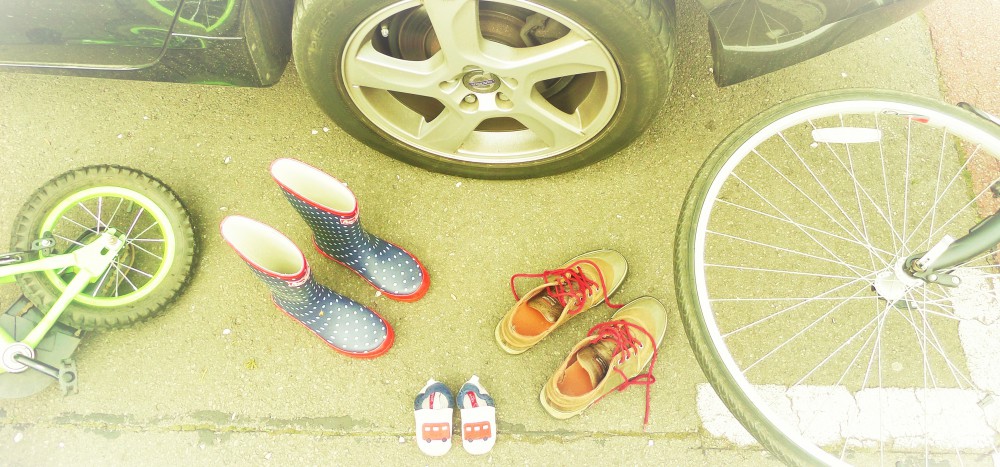Diwali was a couple weeks ago. Hanukkah is a couple of weeks away. Both carry the nickname Festival of Lights. Meanwhile Christmas lights and displays are starting to appear in our neighbourhood.
And why not? It’s late November. It’s dark by late afternoon. If the sun happens to come out, it’s low in the sky, its light weak, watery and only briefly over the British Isles. Throughout the Northern Hemisphere, where most of the world’s land mass and population can be found, the days are shorter. No wonder so many cultures have traditions of celebrating light at this time of year. We need a bit of light relief. And this year more than ever.
Which made me start to think about the ways that light(s) relief has transformed transport. The changes aren’t as noticeable as say the electrification of vehicles, nor perhaps as novel as driverless cars and drones.
But then again, they’re so pervasive and have happened so gradually, that you probably started to take it for granted before you’d even noticed it had changed. The yellow sodium glow of the street lamps, the blazing fluorescence of security lights, the uneven flicker of fairy light decorations. They’ve all been replaced with the steadier, more focused light of LEDs – light-emitting-diodes. The multitude of less efficient, more energy intensive and thus more carbon emitting, artificial light sources has been disappearing, and the quality of the light our eyes perceive along our streets has changed.
Street lamps now give a clearer, whiter light (although steps have been taken to make sure the light isn’t too white!). They vastly reduce light pollution as well as the cost to local governments, some of whom might otherwise have had to turn some lights off under budget pressures, even though the possibility raised concerns of rising crime. Instead, with LED street lamps, we still feel secure, whilst we also have a better chance of seeing the stars.
Other lighting innovations in transport include the bicycle lights that you can re-charge with a USB cable, the car lights that sense how dark it is and turn themselves on as appropriate (when driving of course – it’s also a lot harder now to forget to turn them off!), even an array of head torches for pedestrians and night-time joggers. They’re all LEDs, saving society money and energy.
But the lighting that gives the most relief this time of year are the displays. The shapes and colours made out of lights which line High Streets and homes, which twinkle above and beside our public realm. They invite us to pause as we’re passing through, to feel festive, welcome, part of a community, safe. Like the transport spaces they illuminate, they make us feel connected, whether we’re walking, cycling or in a vehicle. And like all celebrations of light, they remind us that soon the days will be getting longer, the sun will be higher in the sky, and we’ll have less need of light relief.
